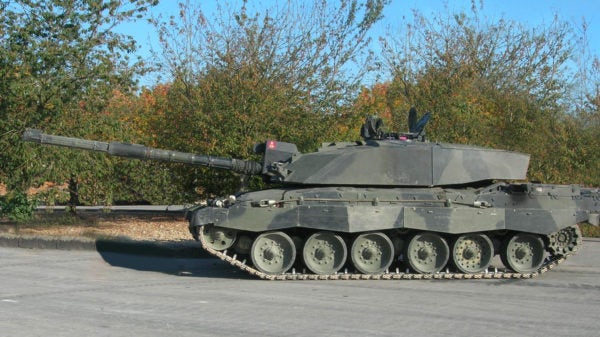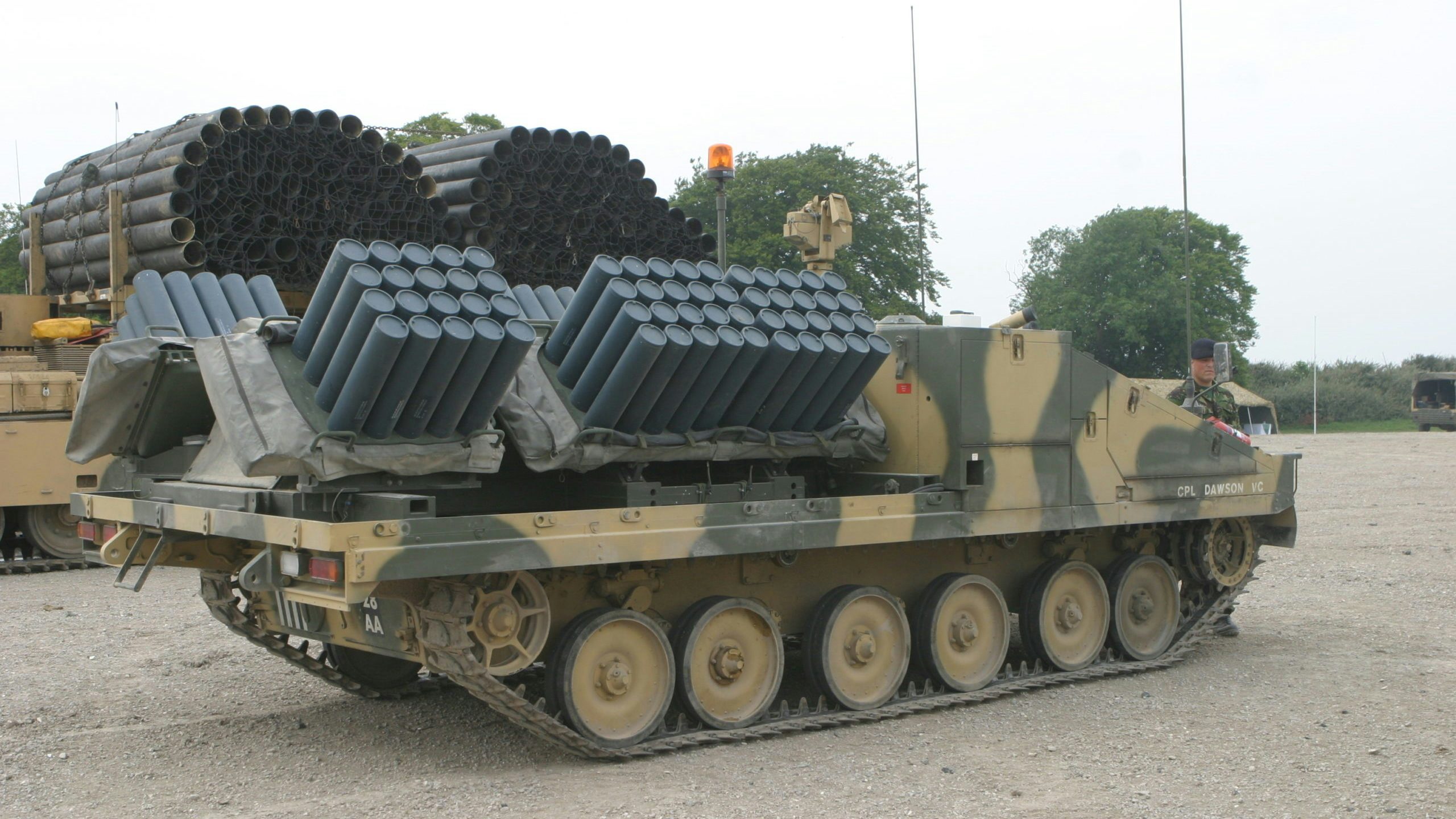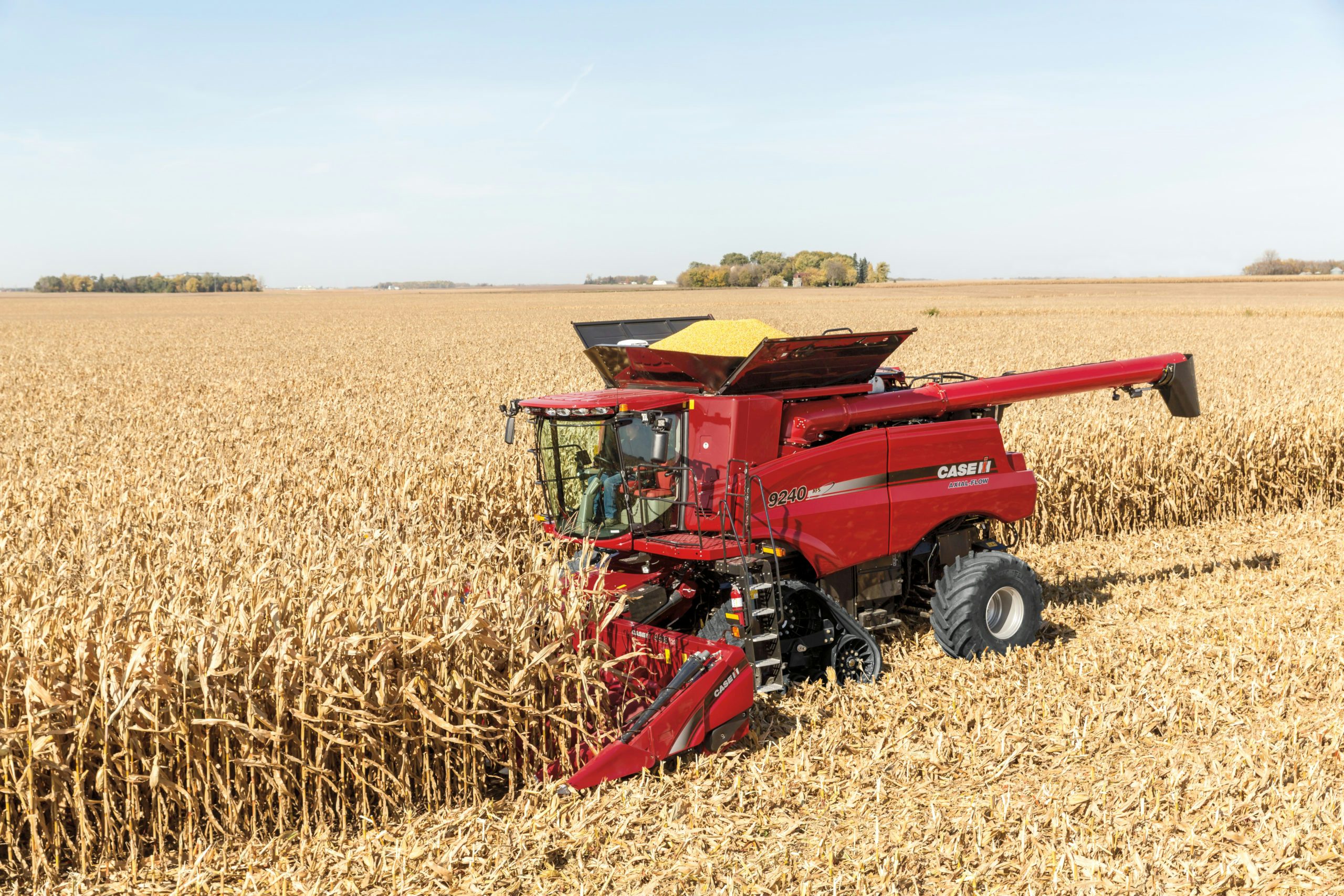Tanks for the speeding ticket: drivers with tracked-vehicle licences more likely to have penalty points
October 26, 2022 by Hugo Griffiths

Car changing is a big deal
carwow analysis reveals drivers who are eligible to operate tracked vehicles are 49% more likely to have penalty points than car licence holders
- 9.34% tracked-vehicle licence holders have one or more penalty point
- 6.25% car licence holders have one or more penalty point
- 18,253 tracked vehicles – including missile launchers – registered for road use
Motorists who are permitted to drive tracked vehicles – which includes everything from tanks and snow ploughs, to combine harvesters and excavators – are significantly more likely to have penalty points on their licences, an exclusive investigation by carwow can reveal.
There are currently 134,962 drivers in Great Britain with a Category H (tracked vehicle) licence entitlement. Of those, 12,610 – or 9.34% – have at least one penalty point on their licence.
That’s a big jump from the 6.25% of car licence holders that have at least one penalty point. There are 41.25 million full Category B (car) licence holders in the UK, 2.58 million of whom have endorsements on their licence.
That means motorists who are eligible to drive tracked vehicles on UK roads are 49.4% more likely to have penalty points than those with just car driving licences.*
As well as being more likely to have penalty points on their licences in the first place, people with tracked-vehicle entitlements who have endorsements have a higher number of points on average.
The average number of penalty points held by drivers with endorsed Category H licences is 3.93, while those with endorsed car driving licences have an average of 3.89 points.

A Challenger II battle tank
The data emerged following a Freedom of Information request made by carwow to the Driver and Vehicle Licensing Agency (DVLA), which also revealed that 18,253 tracked vehicles are registered to the DVLA as of September 2022.
The DVLA supplied a full list of these ‘Wheel Plan K’ tracked vehicles to carwow, revealing a diverse range of hardware.
Military highlights include two Alvis Stormer Shielder mine-laying tanks, five Sherman tanks, two American World War II M18 Hellcat tanks, a Challenger tank, and a vehicle listed simply as ‘MISSILE LAUNCHER’.

Among the non-military vehicles registered to the DVLA for use on the road are Cass combine harvesters, Snow Trac snowcats, John Deere tracked tractors, and tracked excavators from makers including JCB and Hitachi.
Long-forgotten manufacturers are also listed in the DVLA’s data. Vehicles from Ransom & Rapier (which made railway equipment and cranes, and ceased to exist in 1987) are still registered on the road, as are a number of Vickers-Armstrong military vehicles and Aveling-Barford construction machines.

*Penalty points are attached to driver records rather than specific vehicles or licence classes; it is not possible to know what types of vehicle were driven when points were accrued.
FAQs
Why are tracked vehicles registered to the road?
Farmers, builders, local councils and countless other entities make use of tracked vehicles on a regular basis, with combine harvesters, excavators, snow ploughs and the like being vital for the running of the country.
Some tracked vehicles can be popped onto a trailer and towed to where they are needed, but in other instances this is not practicable: combine harvesters, for example, can have tracks instead of wheels and can weigh 20 tonnes or more, meaning they can’t be easily and need to use roads to get from farm to field.
The tanks and other tracked military vehicles registered with the DVLA are museum pieces, held in private collections or available for members of the public to drive on experience days, as active military vehicles are, DVLA says, “kept by the Crown” and “exempt from registration and licensing” requirements.
How do you get a tracked vehicle licence?
Anyone with a Category B car driving licence can apply for a provisional Category H tracked vehicle licence, and after this is granted drivers can receive lessons before taking their test.
The Category H driving test is administered by the Driver and Vehicle Standards Agency (DVSA), which also manages car driving tests. Candidates wishing to drive tracked vehicles will be assessed in a variety of areas, including their ability to drive around left and right-hand circuits, turn round using forward and reverse gears, drive the vehicle backwards and turn it around using its tracks.
What are the rules for driving tracked vehicles on the road?
Road laws are different for different types of tracked vehicles. Tracked vehicles operated by the Royal National Lifeboat Institution are recognised as a special class under The Road Vehicles (Construction and Use) Regulations 1986, and can only be used on the road for the purpose of towing or launching lifeboats.
Agricultural tracked vehicles, meanwhile, must have tracks that “operate on rubber or an alternative composite material that does not damage the road surface”, and cannot weigh more than 30 tonnes. These vehicles are also limited to 20mph if they are over 2.55 metres wide, or 12mph if they are more than 3.5 metres wide.